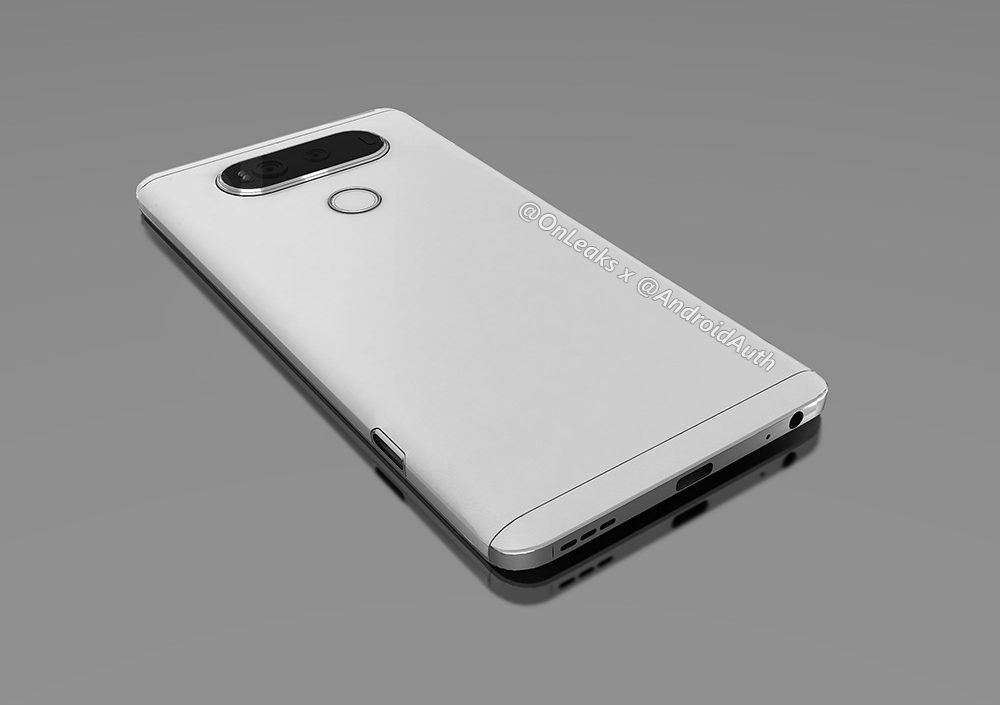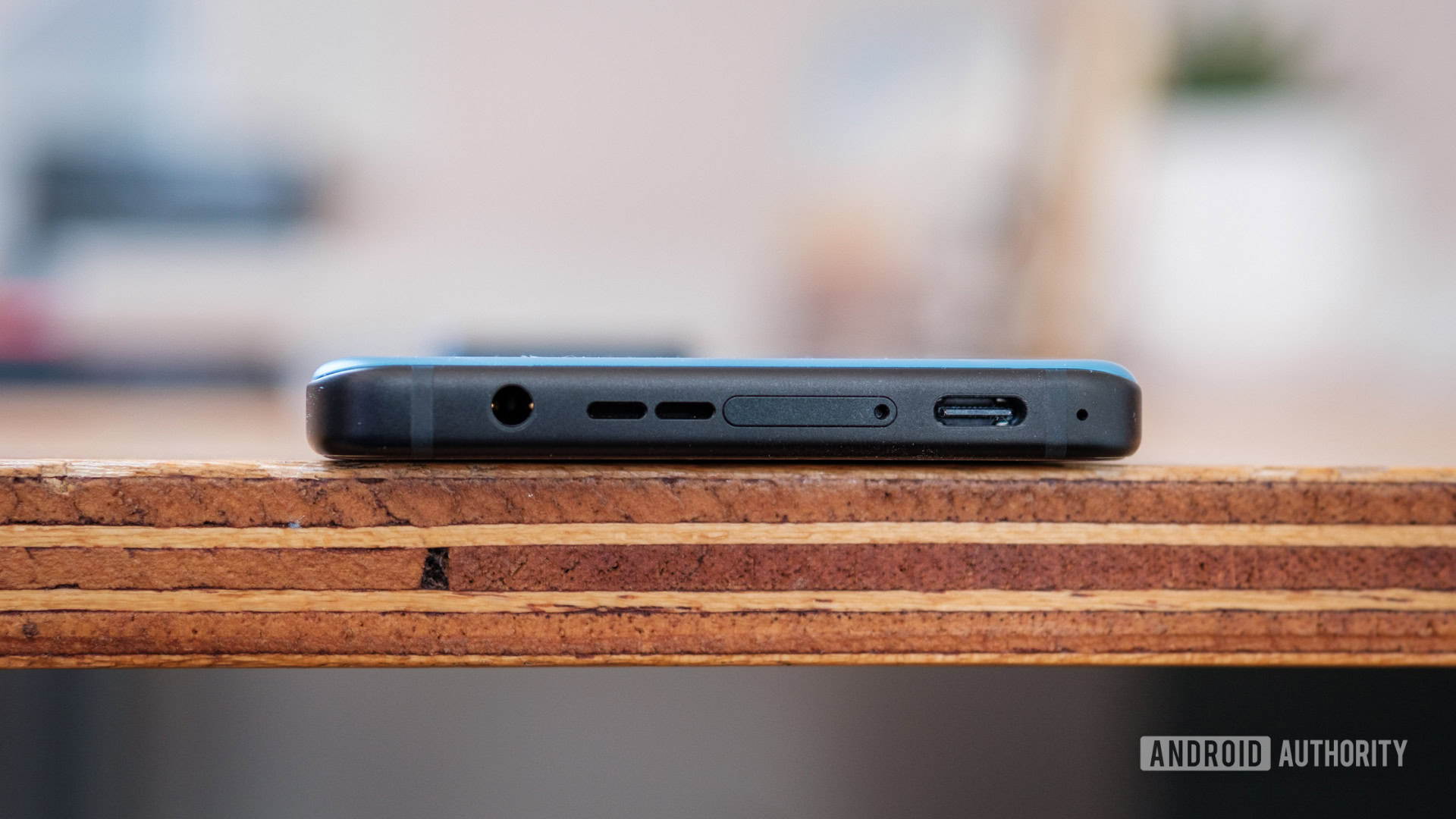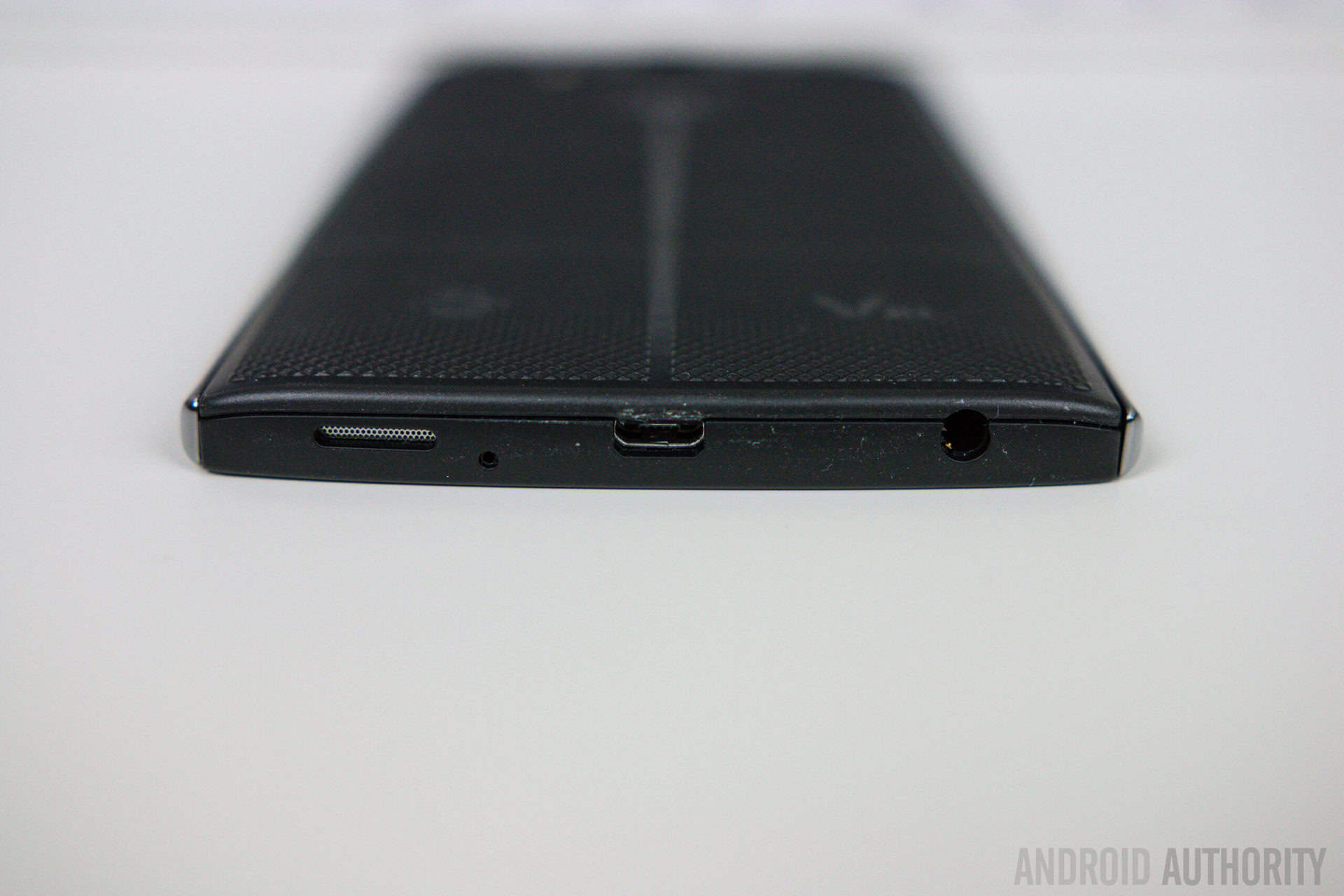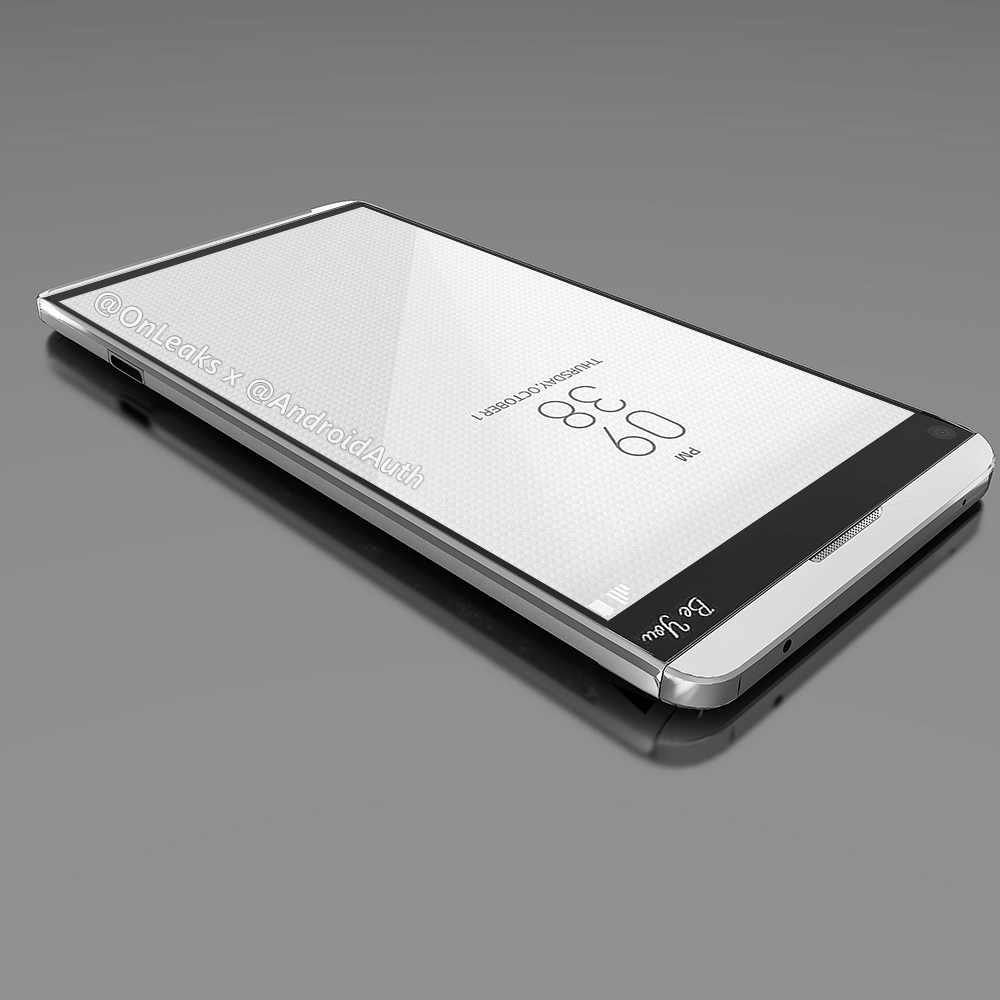Affiliate links on Android Authority may earn us a commission. Learn more.
The LG V20's world's first Quad DAC stakes a claim for wired headphones
Published onAugust 11, 2016

When LG announced that the upcoming LG V20 would be the world’s first smartphone equipped with a 32-bit Hi-Fi Quad DAC, it wasn’t just in the pursuit of yet another ‘first’. Sure, the V20 will continue the top-of-the-line audio experience introduced in the LG V10 last year, and deliver unparalleled audio to mobile music lovers everywhere. But it also draws a line in the sand on the debate surrounding the removal of the 3.5mm audio port in several new smartphones.

While there are arguably a few good reasons for removing the 3.5mm headphone jack in favor of wireless or USB Type-C headphones, there are still more reasons to either stick with 3.5mm or offer the convenience of both USB Type-C headphones and 3.5mm.
In the rush to be seen as forward-thinking (and sell new accessories), many OEMs are rushing headlong into uncharted territory. 3.5mm headphones are everywhere, so killing them off in one fell swoop with no transition period was never going to be a popular move.
LG clearly understands this, and realizes that by taking a position in favor of wired headphones it can easily stand out as the OEM for audiophiles, (if the impressive DAC in the first V10 wasn’t already enough to achieve this). LG once again tapped ESS Technology, provider of the V10’s Hi-Fi DAC, to create the world’s first mobile Quad DAC for the V20.

As LG notes in a press release: “A Quad DAC delivers a crisp and clear sound that comes closest to a live performance when using compatible wired headphones. The sound is superior to that produced by a traditional DAC as it can reduce up to 50 percent of ambient noise levels.” The reasons LG thought superior audio was a more valuable investment than the usual specs race is clear:
As smartphones mature, we’re seeing more and more customers looking beyond just fast processors and big displays in their devices. Higher quality audio is simply the natural evolution of the smartphone, as the industry moves toward a more holistic multimedia consumption experience.
It’s not yet clear if the V20 will also support USB Type-C headphones, but if it does, they likely* won’t benefit from the Quad DAC built into the V20. USB Type-C headphones (typically) contain their own DAC, so all the audio conversion is done on the headphones, not the smartphone.
Wireless headphones, on the other hand, not only use lossy compression but also convert locally, so again, you won’t get the same audio experience as you would with traditional wired headphones on the V20’s DAC.

It’s a confusing time for smartphone headphones. With several OEMs already coming out with 3.5mm-less devices and Apple rumored to do the same in the near future, we’re about to enter a painful period of transition. The vast majority of consumers won’t know what’s going on and the competing marketing bluster and grand claims made by each manufacturer will only confuse matters further.
If you’ve invested heavily in wired headphones and don’t want to face a USB Type-C or wireless future, or you simply don’t want to dive in until the messy USB Type-C standard is established and things settle down, LG wants you to know that the LG V20 is the phone for you. But with rumors pointing to the V20 following the modular lead of the ill-fated G5, a Quad DAC might not be enough on its own to convince consumers that superior audio is enough of a selling point.
Are you all aboard the USB Type-C train? Or do you think the 3.5mm port should stick around?
*It is possible that LG will throw in a cheap pair of USB Type-C headphones that don’t have their own DAC and simply use the Sideband Unit (SBU) pins to transmit analog data to the headphones. In this case, they would benefit from the V20’s Quad DAC, but as you can probably tell, that’s not the kind of USB Type-C headphones we’re meant to be excited about.